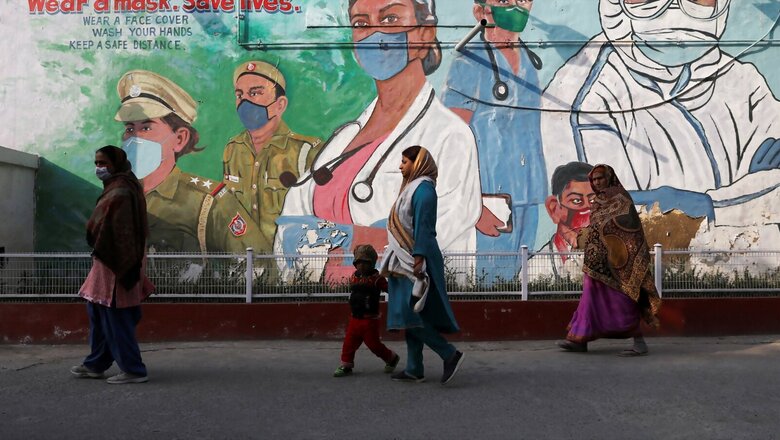
views
In October 2020, India and South Africa submitted the Trade-Related Aspects of Intellectual Property Rights (TRIPS) waiver appeal in the World Trade Organization (WTO) on medical tools, including Covid vaccines, to strengthen the global fight against the pandemic.
The chances of its acceptance look bleak, even if the current draft being discussed at 12th WTO ministerial conference (MC12) is discussing just one tool – the vaccine – while excluding other important medical aspects like diagnostic tests and treatment regimes.
Developed countries like the United States, European Union countries, the United Kingdom and big pharmaceutical companies even want to dilute that draft agreement, which is being pushed by over 60 WTO members. When the world needs a humanitarian move, the stand taken by these developed countries and big pharma giants seems too selfish.
On the contrary, they, in fact, want to strengthen the patent regime of the Covid vaccine producing economies and companies.
Its direct reflection can be seen in the Covid vaccine stockpile by the rich countries — something that may come at the cost of risking lives in low- and middle-income economies.

Low- and lower middle-income countries have not been able to import Covid vaccines required as per their population count. The WTO statistics say till March 31, 2022, 14.4 billion vaccine doses were supplied globally, but most of it or 8.6 billion doses were supplied domestically while just 5.7 billion doses were categorised as under the export or import category for low-income economies.
It also confirms the argument that Covid vaccines are overstocked by rich nations, while making them unavailable for most of the population residing in low- and lower middle-income countries, a factor that reflects in poor number of doses per 100 people, just 52 for low-income countries and 67 for lower middle-income countries.

Low vaccine supply to low- and middle-income countries means poor vaccination numbers. Just 26 courses of vaccines per 100 people were supplied to low-income countries. It means, just 15% of the population was partially vaccinated and 12% people fully vaccinated. Although the vaccine courses supplied for 100 people were around 71 for lower middle-income countries, just 48% of the population in these economies was found to be fully vaccinated till March 31 this year.
Compare that to upper middle-income and high-income countries. Every bunch of 100 people in these countries got 114 and 122 courses of vaccines supplied – a data set that again establishes the fact that the vaccines were overstocked by them.
Logically, it seems natural, to overstock vaccines to protect your population. A rich country has all the right to go for, even storing it over three to four times the requirement. On a humanitarian aspect, when the pandemic is killing people in every country, it should also be seen that the same should not come at the cost of the lives in those countries.
These countries closed deals with vaccine manufactures for their whole production for many batches. That meant the low and lower-middle income countries that could not produce vaccines even had no option even to import them.
The ideal and humanitarian situation in this condition was to waive the intellectual property rights related to vaccines to expand the production base so that it could be manufactured globally in many countries capable of producing vaccines like India.
Even after two years in demand, the final solution looks nowhere in sight.
Read all the Latest News , Breaking News , watch Top Videos and Live TV here.




















Comments
0 comment